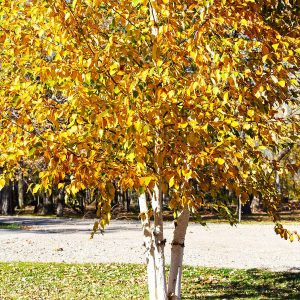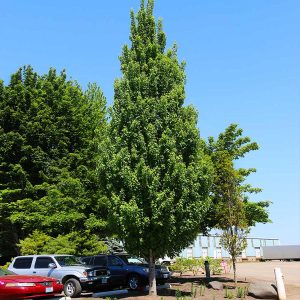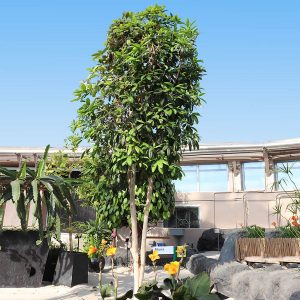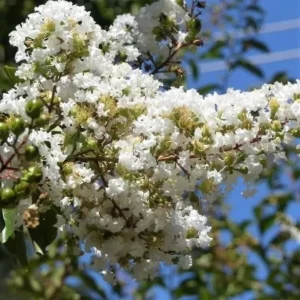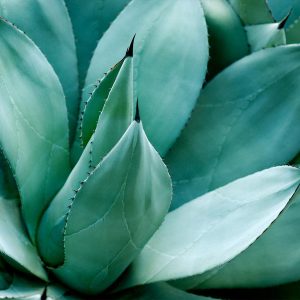What is Sargent Crabapple Tree
With the compact, easy-maintenance Sargent Crabapple, you’ll get nearly year-round beauty, from snowy white flowers in spring to yellow foliage and bright red fruit in fall.
Size
Small space? No problem. The Sargent Crabapple’s compact size makes it ideal for small yards and landscapes, sloped areas, and under utility lines. Use it for hedging or privacy, along fence lines, patios or sidewalks, or in mixed borders. At maturity, the Sargent Crabapple can grow 6-10 feet tall and 6-12 feet wide, often nearly as wide as it is tall.
Appearance
Seasonal color, spring through winter. The Sargent Crabapple provides nearly year-round color for your landscape. In the spring, red and pink buds turn into fragrant white blossoms, while dense green foliage turns yellow in the fall. Clusters of small, bright-red fruit survive into the winter. The Sargent Crabapple is alternate bearing, with heavy blooms every other year.
Care
Easy care, low maintenance. The Sargent Crabapple thrives in a variety of climates and soil types, ideal for zones 4-8. It’s easy to transplant and grow, and can even tolerate some dry conditions once established. Plus, the Sargent Crabapple is largely disease-resistant.
Additional benefits
Love watching wildlife? Birds and butterflies, including robins, mockingbirds, and hummingbirds, are attracted to the Sargent Crabapple’s fragrant flowers and bright red fruit.
Excellent for Bonsai. Dense foliage and spreading branches make it ideal for Bonsai gardening.
A great companion for apple trees. The Sargent Crabapple can be used to pollinate apple trees, for a greater fruit yield.
The best part about your Sargent Crabapple tree? It’s been planted and nurtured with care at our nursery, for a better-developed root system and more mature branching. That means you’ll get a healthier plant that’s ready to thrive in your landscape.
Searching for a low-maintenance showstopper for spring, fall, and beyond? Try the Sargent Crabapple, with its easy care, compact size, and eye-catching fruit and flowers.

How to Grow and Care for Sargent Crabapple Tree
Sargent Crabapple Tree (Malus sargentii) Growing Requirements
| Hardiness zone | 4-8 outdoors |
| Harvest time | September - October |
Planting
The Sargent Crabapple is versatile and grows well in any soil type, from alkaline to acidic, and it prefers moist, well-draining soil. Place in full sun.
Once you’ve selected your location, dig a hole that’s large enough to accommodate the root ball, place your tree and backfill the soil. Finally, water the surrounding area to settle the roots.
Watering
Although they prefer moist, well-drained soil, the Sargent Crabapple can tolerate drier conditions once established. In moderate climates, rainfall may be enough to water your Sargent Crabapple – in drier areas, check the soil and water when it’s dry 3 inches below the surface.
Fertilizing
Add a 5-5-5 fertilizer in early spring each year.
Pruning
The Sargent Crabapple doesn’t require significant pruning. Just lightly prune in winter to remove any damaged branches.
Sargent Crabapple Tree (Malus sargentii) Details
| Common name | Sargent Crabapple Tree |
| Botanical name | Malus sargentii |
| Plant type | Flowering Trees |
| Hardiness zone | 4-8 outdoors |
| Growth rate | Medium |
| Harvest time | September - October |
| Height | 6-12 feet. |
| Width | 6-10 ft. |

